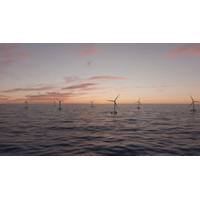
Sulmara to Work on Site Characterization at Scottish Floating Wind Farm
across the proposed windfarm site in water depths up to 100 meters.Due to begin in April, the project will see data acquisition carried out to support Stromar’s engineering design work, as well as its ongoing environmental assessment of the site, which is approximately 50 km off Caithness in northern Scotland. “Mobilising the Vos Gorgeous to carry out high-specification site characterization is a big part of our plans for 2024, and bringing another modern, fuel-efficient vessel online to meet market demand shows how committed we are to supporting our clients’ net-zero ambitions
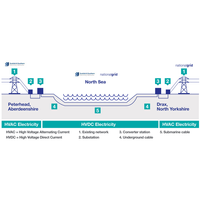
New Subsea Cable Will Link Northern Scotland to England
Scottish and Southern Energy Networks (SSEN) said on Tuesday it had signed a joint venture agreement with Britain's National Grid Electricity Transmission (NGET) to build a 2 gigawatt (GW) subsea cable linking northern Scotland to England.The Eastern Green Link 2 (EGL2) will be the country's largest ever electricity transmission project, will create a 525 kilowatt (KW), 2 GW high voltage direct current subsea transmission cable from Peterhead in Scotland to Drax in England, SSEN said in a statement."The EGL2 link will support the growth of new renewable electricity generation, creating
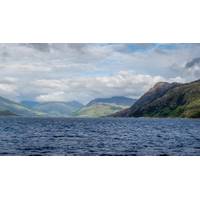
Is the Loch Ness Monster Real?
animals and humans. I work in reality, not fantasy.Yet I understand why these creatures fascinate us; they are intriguing, magical and sometimes frightening. Yet they all have one thing in common. They appeal to the imagination. People wish for them to exist.The Loch Ness legendOne legend is from northern Scotland in the United Kingdom, where a cold, murky and mysterious freshwater lake called Loch Ness is located. “Loch” is pronounced as “lock.” The word means “lake” in the Scottish language.Loch Ness is quite large – roughly 23 miles long (37 kilometers), a
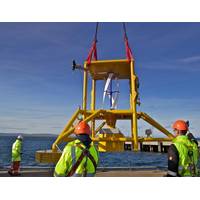
Tidal Power for Seabed Oil and Gas Installations
to fossil-fuel projects, whose developers are keen to show they are making their operations as green as possible.Successful testA prototype Power Hub, using one turbine, completed a successful eight-month sea trial in December 2017 at the European Marine Energy Center (EMEC) in the Orkney Islands, northern Scotland. EC-OG is now refining the system to match the requirements of oil and gas field developers. These include having two or more turbines and differing battery sizes depending on site requirements.The device being lowered to the deck of the Leask Marine C-Odyssey workboat, in preparation for installati
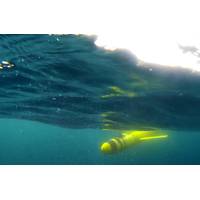
Marine Robots Detect Whales in the Deep Ocean
A fleet of marine robots built and operated by the National Oceanography Centre (NOC) and its partners has detected whales and porpoises and recorded the sounds they make in a survey of the deep ocean off northern Scotland. In the summer of 2017 a fleet of 11 autonomous marine robots was deployed to explore the seas northwest of the Orkney Islands in search of marine mammals and sources of manmade noise pollution. The mission was part of an annual series of marine robot trials coordinated by the NOC in partnership with 16 organizations representing U.K. government, research and industry.
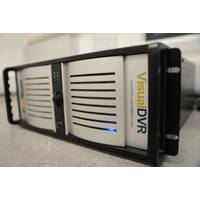
VisualSoft Selected for Cable-laying Vessel NKT Victoria
1,600m2 of deck space and two large offshore cranes. The high capacity cable lay system features a battery energy storage system to assist the cable loading in the event of failure of the shore power used during loading. The Caithness Moray High Voltage Direct Current (HVDC) project in Northern Scotland is the largest investment in north Scotland’s electricity network since the hydro development era of the 1950s. It will see the electricity grid on either side of the Moray Firth connected via a new submarine cable capable of carrying up to 1,200 megawatts of electricity, equivalent to
Tracking the UK’s Carbon from Soil to Sea
fertility of soils as well as potentially adding to man-made emissions to the atmosphere Soils across the globe contain about four times as much carbon as the fossil fuels, which to date have entered the atmosphere via combustion. This pool of carbon is greatest at high latitudes, such as northern Scotland. Each year some of this carbon leaches into rivers and streams, gradually increasing the concentration of dissolved carbon in rivers in parts of Britain and Europe. A good understanding of where this movement is happening at present does not currently exist, with historical estimates showing
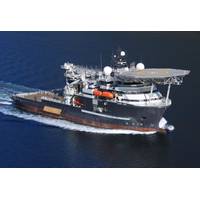
Olympic Ares Undertaking Renewables Contract in Northern Scotland
Bibby Offshore, a services provider to the subsea industry, has announced the Olympic Ares is currently being utilized to install a tidal energy turbine in the Pentland Firth, Northern Scotland. The Olympic Ares, which is equipped with a 250te AHC Knuckle Boom crane, was selected for its excellent seakeeping ability to work in challenging conditions. Bibby Offshore’s owned and operated ROVs will also be utilized on the project. Barry MacLeod, Managing Director, UKCS, Bibby Offshore, commented, “We continue to expand our credentials in the renewables sector, an area
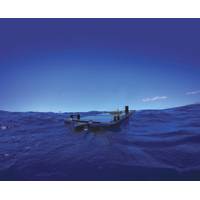
Liquid Robotics, Boeing Demonstrate Warfare Capabilities
Liquid Robotics and Boeing have for the first time used a network of persistent unmanned surface vehicles (USV) to detect, report and track a live submarine in a naval demonstration. Four Sensor Hosting Autonomous Remote Craft (SHARC) were deployed off the coast of Northern Scotland during the British Royal Navy’s Unmanned Warrior 2016 demonstration. The autonomous surface vehicles used advanced Boeing acoustic sensors in the live anti-submarine warfare (ASW) mission. Over the two-week demonstration, the SHARCs detected and tracked an advancing unmanned underwater



 February 2024
February 2024





